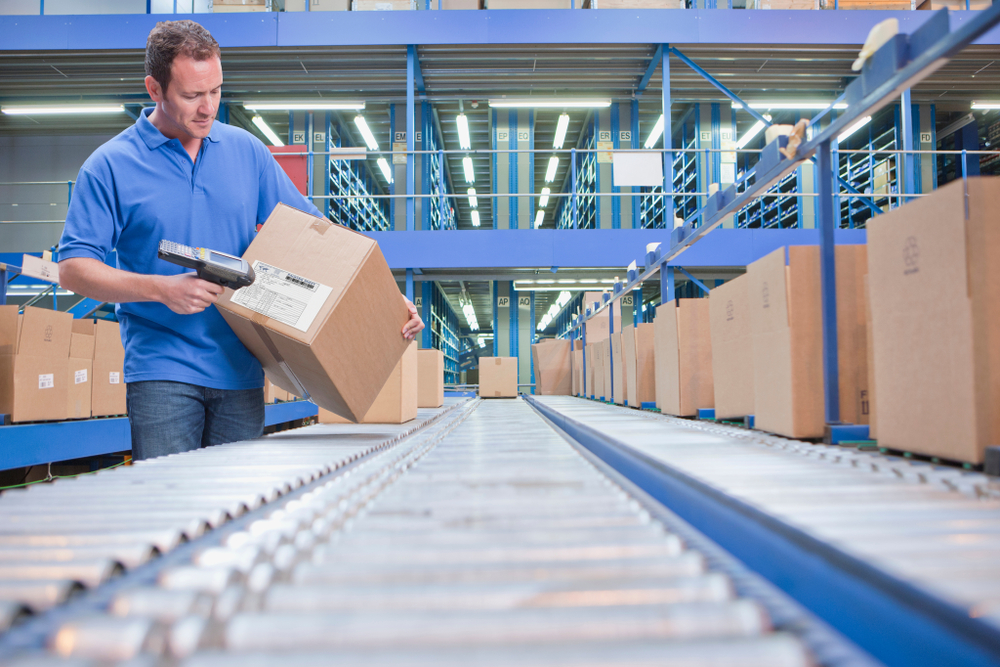When distributing any product, track and trace technology is powerful for both successful delivery and supply chain transparency. At the consumer level, expectations for visibility are high. Whether it’s an online order or even a same-day food delivery, technology that allows the recipient to see their order in real-time is becoming commonplace. Managing product logistics requires precise serialization methods and asset-tracking tools to ensure that goods are transported successfully from manufacturing to distribution. The need for visibility in the supply chain was exacerbated by the COVID pandemic, as consumer demand for home delivery reached a high point.
What is track and trace technology?
Track and trace technology involves the deployment of tools and software to determine the past, current, and even planned locations of products, materials, and assets along the supply chain. This data-driven intelligence provides businesses with a high-level view of their supply chain, with the ability to monitor products and materials as they go through various stages in the fulfillment process — labeling, packing, palletizing, shipping, and so on. Track and trace technology is especially important to manufacturers shipping perishable products such as food and pharmaceuticals, which come with expiration dates, often require temperature and humidity control along the route, and are highly regulated.
Types of track and trace technology
There are several methods of track and trace technology that enterprises use to enhance their supply chain visibility.
- Barcodes: The long-time standard for track and trace technology is barcoding. Barcodes with alphanumeric data are placed on goods, packages, and shipping assets and used with scanners to improve not only traceability but also inventory management.
- RFID: Radio frequency identification (RFID) transmits data through radio waves via a transponder, allowing information to be disseminated across distances and unencumbered by walls and other line-of-sight obstacles. When RFID codes are embedded in plastic pallets such as those developed by iGPS Logistics, unique identifiers can be scanned along with other data points. RFID can help enterprises count products and assets, identify where they have been and where they are going, and direct automated systems to place assets in their proper locations.

- Geofencing: Geofencing is used to monitor objects when they change position. Rather than reporting location data constantly, this technology sends a message when devices leave a building or a specified area and is most often used within warehouses.
Track and Trace Market Growth
According to a 2022 report, the global track and trace solutions market is forecasted to grow to more than $8.6 billion by 2027. This is due to an increased need for brand protection — including rising demand for supply chain transparency — as well as evolving regulatory requirements. For instance, the Drug Supply Chain Security Act (DSCSA), which went into effect in 2015, requires U.S. pharmaceutical manufacturers and distributors to implement new tracing requirements to enhance supply chain security by 2023. Due to its highly controlled regulations and sophisticated healthcare infrastructure, North America had the greatest track and trace market share in 2022.
Track and trace technology is more critical than ever. Increased regulations, the need for efficient recalls, and rising demand will continue to challenge an industry that has faced several years of disruptions — but new innovations will keep consumers safe, equip analysts with new insights, and keep the supply chain moving forward.
Companies committed to employing the latest in track and trace technology use plastic pallets from iGPS, which are lightweight, recyclable, and include trackable RFID tags. For more information, contact us at 1-866-557-0047, email a specialist at switch@igps.net, or visit our contact page.



